Most people will have heard of digital marketing but not everyone knows exactly what it is.
It basically refers to an organisation’s marketing activities that take place online.
Opportunities for any business to engage customers grow every year as more of us use the internet to browse, connect and buy.
It doesn’t matter if your product is a niche component for an offshore wind farm or a small spin-out from the energy industry, you just need to get in front of the right people and help them to realise your product or service is just what they’ve been looking for.”
Craig Edwardson, Big Partnership
The number of people using the internet is now put at around five billion – nearly 63% of the world’s population.
Mass adoption of the internet into everyday life is said to be the single biggest event for marketing over the past three decades.
Market research and business intelligence company Expert Market Research (EMR) calculates that global digital marketing was worth more than £260 billion in 2022. This is expected to soar to around £550bn by 2028.
EMR says growth will be driven by the rising number of people consuming and creating content through digital channels.
North America is expected to continue to dominate the industry in the coming years.
So, what is happening on this side of the Atlantic with digital marketing?
Craig Edwardson, head of aid search/digital marketing at Big Partnership, Scotland’s largest full-service marketing agency, took time out to update The Press and Journal.
He said that in today’s world of digital content and smartphones, it’s easy to waste time scrolling through endless reels of cute Labrador dogs on Instagram, or risk life and limb attempting the latest dance challenge on TikTok.
But digital is still very much an essential part of the marketing mix for raising awareness of a business’ products and services, building a customer base and “targeting people with content they want to see, read and engage with”, he added.
He continued: “The dictionary definition of marketing is ‘the action or business of promoting and selling products or services’. The same can be said for digital marketing – only the business of attracting customers is done online instead of using print or TV to reach your target audience.
“It doesn’t matter if your product is a niche component for an offshore wind farm or a small spin-out from the energy industry, you just need to get in front of the right people and help them to realise your product or service is just what they’ve been looking for.
Hook and engage
“Once you’ve hooked your potential client, you can start engaging with them both online and offline – and all are different touchpoints to turn them into a repeat customer.”
Mr Edwardson pointed out that digital marketing is not new – in fact, it pre-dates all the popular social media channels.
He went on: “Many businesses started out with a basic website as their shopfront but, as technology has evolved, digital marketing has moved on. There’s now something of a science to ensuring your brand can be found online and rank highly through search engine optimisation (SEO).
“Having established the digital team at Big Partnership back in 2009, we’ve experienced that rapid evolution and seen a shift towards content marketing – where public relations and SEO work closely together to create content which has been optimised for search engines, but is also written in an engaging way to interest readers.
“This is exactly what is favoured by Google, which now prioritises rich content which is well written and of a high quality, and not simply keywords on a web page.
Multiple touchpoints
“Social channels such as Facebook came along in 2006 and developed an advertising model, which has since been used in similar ways across other platforms such as Twitter and LinkedIn and, more recently, TikTok.”
Businesses need to carefully consider which channels to use as digital marketing continues to evolve, and new platforms and ways to communicate emerge, Mr Edwardson said.
He explained: “Where it might have been enough to have only a website a few years ago, there’s now a need for multiple touchpoints where businesses can engage with audiences online.
“Companies need to think about how people are going to find their website, how to use paid investment to drive in traffic and how to analyse what comes to the website, in order to better understand their customer base and how to tie all of these things together to make sure their strategy is effective.”
So, where to start with digital marketing?
Mr Edwardson said: “Like traditional marketing tools – such as brochures, leaflets, mail drops and radio adverts – it’s important to know who your customers are and research where they are most likely to engage with you online, then prioritise your marketing tactics accordingly.
The more you see an advert with which you’ve already engaged, the more likely you are to eventually buy the product.”
“Many small businesses can successfully exist with the help of a good Facebook page but, for most companies, a mix of channels is needed.
“Pay-per-click advertising, which is keyword led, allows us to target words and phrases that your audience is likely to be searching for, so it’s also extremely targeted and visible.
“Digital marketing is also an effective way to generate new leads – something we’re doing successfully for our clients here in the north-east and beyond.
“Online adverts can be tailored to very specific demographics – whether by location, interests and hobbies, age or job title and so on – and can be used very effectively alongside traditional marketing tools to raise awareness of your brand, service or product.
“There are different ad formats and targeting strategies depending on your objectives.”
Measuring success
The real advantage of digital marketing is how it can be effectively measured, he said.
He added: “Social channels and Google both provide clear analytics which can quantify return on investment by demonstrating how many people are reading the content you post, who’s clicking links, engaging and commenting – extremely-valuable insight which allows you to tailor messaging and refresh content so that it reaches and appeals to your target audiences.
“It’s also incredibly cost-effective, and activity can be scaled up or down as your business needs flex.
“However, often people think because it can be measured, it’s possible to turn on digital ads and you’ll have five customers wanting to talk to you by the end of the day. It’s not quite as simple as that. It’s still advertising.
“When was the last time you saw an ad for the first time on Facebook, clicked on it and immediately made a purchase? It’s a longer burn, but the more you see an advert with which you’ve already engaged, the more likely you are to eventually buy the product.”
Compelling content
How people use social channels is also changing.
Mr Edwardson said: “Businesses are now seeing the benefits of compelling content on TikTok, while platforms such as Instagram have evolved from grids of still photos to users avidly consuming content online via very short snippet videos.
“Video is one of the best ways to capture your audience’s imagination, with 81% of people saying they’d be more likely to buy from a business based on a video than other marketing tools.
“But attention spans are short. YouTube adverts can be skipped after just seconds and TV ads fast-forwarded, so it’s vital to get your key message across quickly and hook the user at the beginning.”
Knowing your audience
Consumer brands have been quicker to make effective use of digital marketing but, increasingly, B2B is cottoning on.
Mr Edwardson said: “For example, our client Xodus has recently rebranded and completely revamped its digital presence with a new website that serves dynamic content for its global audience.
“So, whether you’re looking for a holiday, a new pair of trainers, software or an electric car, the strategy of identifying your audience, creating content that’s of interest to them and targeting them directly is the same. It’s just the ad that’s different.
“The digital sector is moving at pace, steered by an increasing prioritisation of online privacy on the average consumer’s agenda. Most notably, we’ve seen changes in recent years such as the General Data Protection Regulation.
“It’s currently possible to use remarketing – that’s where someone visits your website, are tagged (via cookies) and after they leave the site are shown an advert for the product they have just been looking at.
“Remarketing is set to change by next year, with Google announcing it will stop the use of third-party cookie targeting in Chrome by the end of 2024, following in the footsteps of Apple’s iOS 14.5 move in 2021.
“Alongside these changes in privacy regulations, we are also expecting to see an increasing use of automation – whether that’s in digital content creation, ad distribution or in other ways.
“We’re excited to see where technology takes us next.”
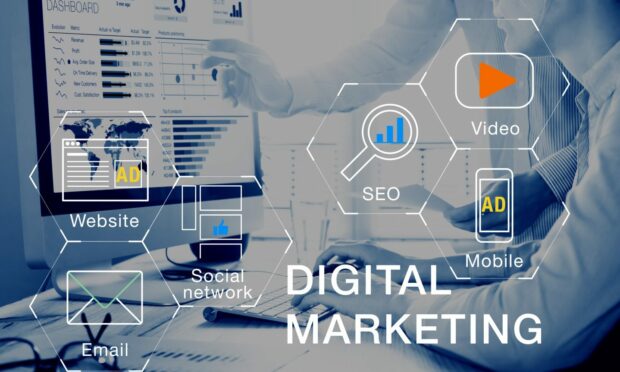
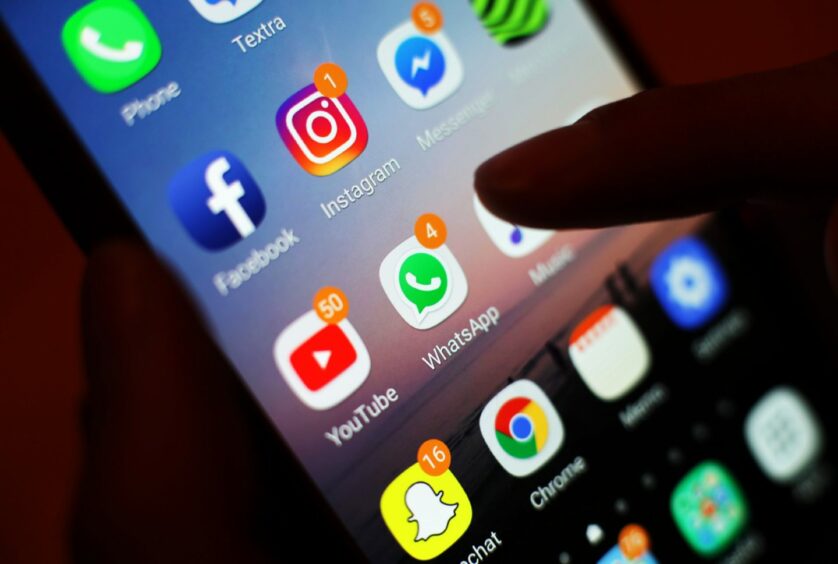


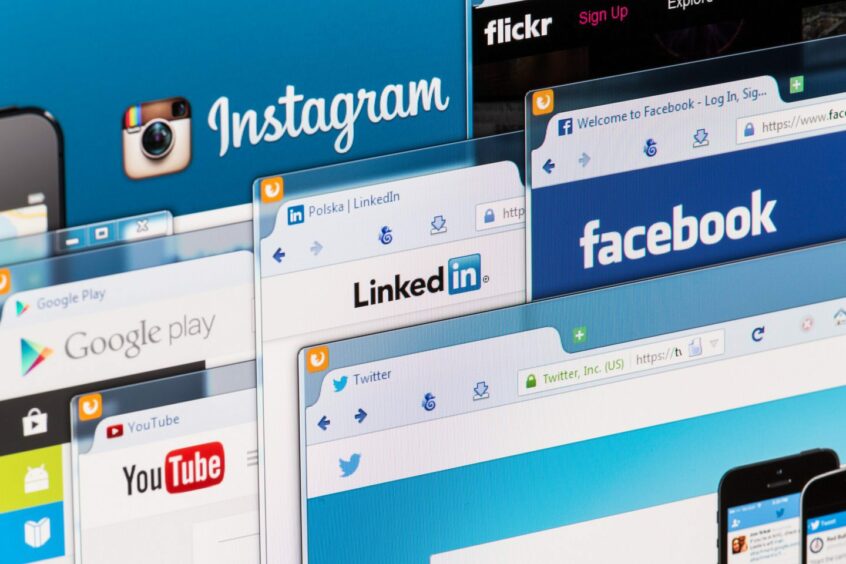
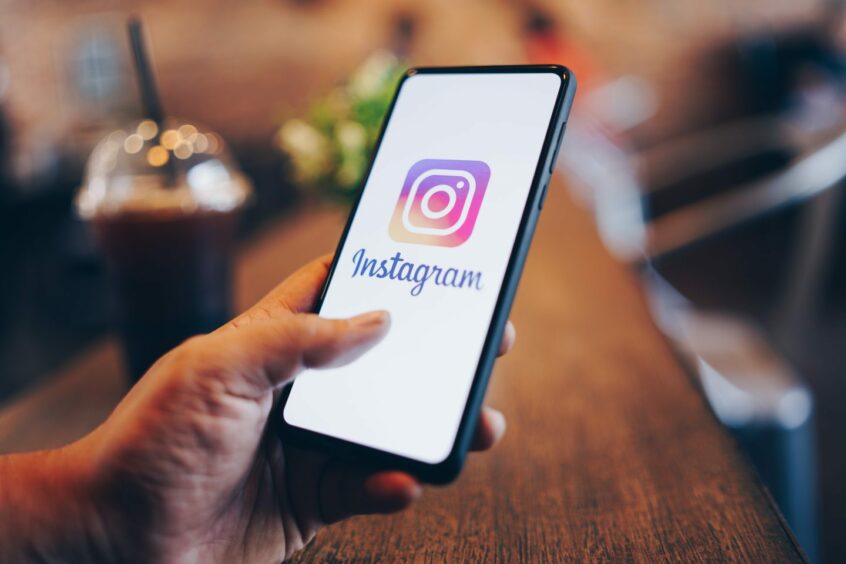

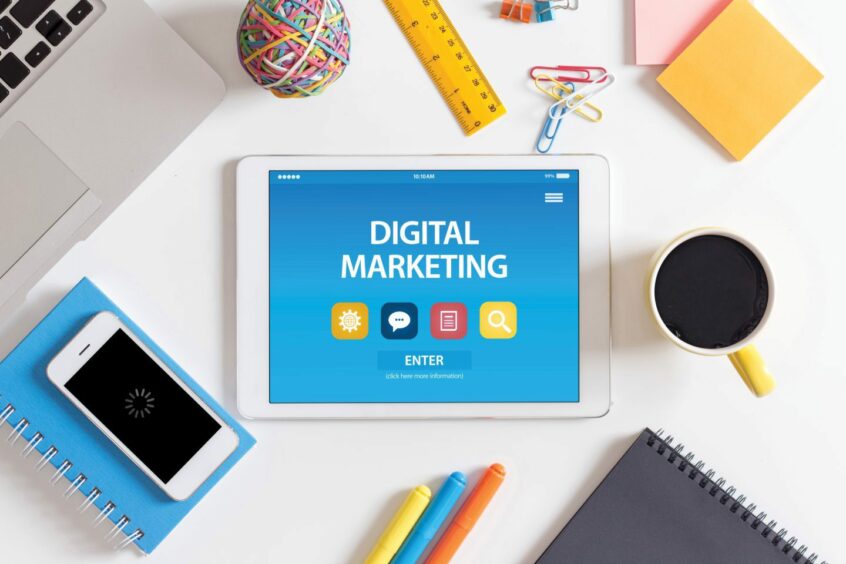
Conversation